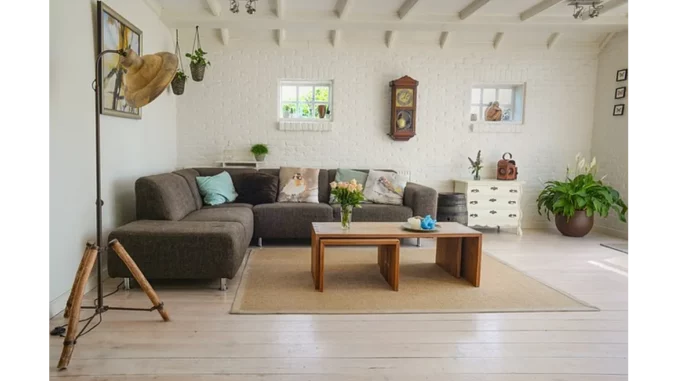
When I sat down with Emma Richardson, a seasoned interior designer known for her transformative approach to living spaces, I knew I was in for a treat. Emma has spent over a decade refining her craft, and her portfolio is a testament to the power of thoughtful design. During our conversation, she shared invaluable insights into creating harmonious environments where every piece has its place. Her advice is a must-read for anyone looking to elevate their living spaces.
Emma began by emphasising the importance of understanding the room’s purpose and functionality before making any design decisions. “Many people get carried away with the aesthetics without considering how the room will be used,” she explained. “It’s crucial to start by defining the primary function of your living room. Is it a space for family gatherings, a cosy nook for movie nights, or a sophisticated area for entertaining guests?”
According to Emma, the number of occupants and the type of activities you envision will greatly influence your layout and design choices. For instance, a family room should be centred around comfort and practicality. “A large, comfortable sofa paired with a couple of armchairs can create an inviting seating area,” she said. “This setup not only accommodates more people but also encourages interaction and togetherness.”
On the other hand, a more formal setting would benefit from a different approach. “For an elegant living room, consider twin sofas facing each other with an exquisite coffee table in between,” Emma suggested. “This arrangement not only looks sophisticated but also facilitates conversation, making it ideal for entertaining guests.”
One of the standout pieces of advice Emma offered was the significance of creating a harmonious environment. “Remember that interior design is not just about filling a room with items,” she stressed. “It’s about curating a space where every piece has its place and contributes to the overall ambience.”
Emma’s approach involves a meticulous selection of furniture and decor that complements rather than competes with each other. “Each item should have a purpose and a place,” she noted. “For example, if you’re choosing a statement piece like a grand piano or an elaborate chandelier, make sure the surrounding elements enhance rather than overshadow it.”
Colour schemes also play a pivotal role in achieving harmony. Emma advised starting with a neutral base and then adding pops of colour through accessories and artwork. “A neutral palette creates a versatile backdrop that allows you to experiment with different styles and accents,” she said. “You can always refresh the look by changing the accessories without having to overhaul the entire room.”
Lighting, Emma pointed out, is another crucial element often overlooked. “A well-lit room can completely transform the mood and functionality of the space,” she explained. “Layered lighting, which includes ambient, task, and accent lighting, helps create a balanced and inviting atmosphere.”
She recommended using dimmers to adjust the lighting according to different activities and times of the day. “Dimmers give you control over the intensity of the light, allowing you to create a cosy setting for movie nights or a bright environment for reading or socialising,” she said.
When it comes to decorative accents, Emma’s mantra is ‘less is more.’ “Clutter can quickly disrupt the harmony of a room,” she warned. “Be selective with your decor. Choose a few meaningful pieces that reflect your personality and style. This approach not only keeps the space organised but also makes each item stand out.”
Emma also highlighted the importance of personal touches. “Incorporate elements that tell your story,” she advised. “Family photos, travel souvenirs, or heirloom pieces add character and warmth to your living space, making it uniquely yours.”
As our conversation drew to a close, Emma shared a final piece of wisdom: “Interior design is a journey, not a destination. It’s okay to evolve and make changes as your needs and tastes change. The key is to create a space that feels right for you and brings you joy.”
In summary, Emma Richardson’s advice on interior design is a blend of practicality and creativity. By understanding the purpose of your living space, creating harmony through thoughtful selection, and adding personal touches, you can transform any room into a haven of comfort and style. Her insights remind us that the true essence of interior design lies not in the abundance of items but in the meaningful arrangement of carefully chosen pieces.
Kenneth


Be the first to comment